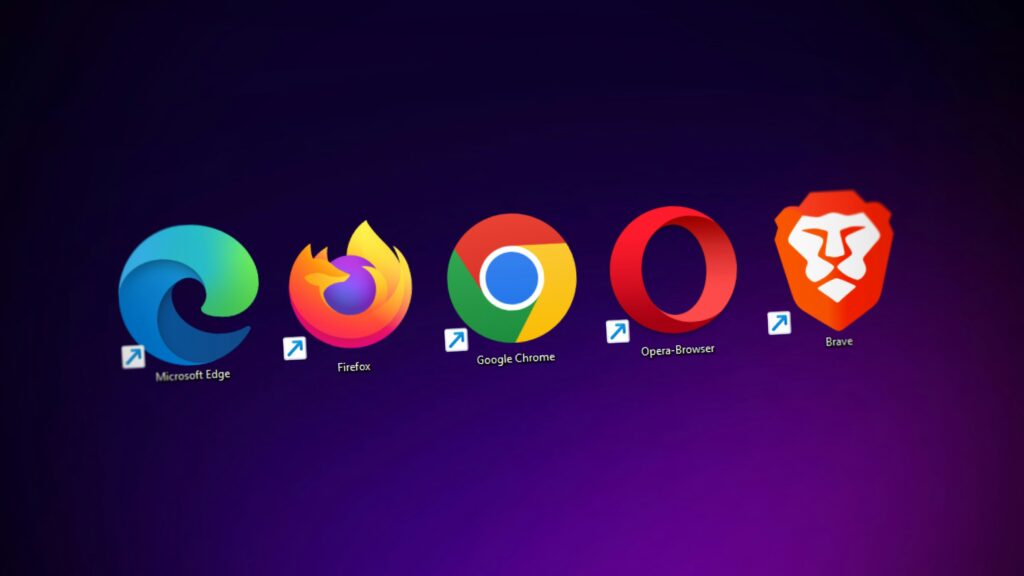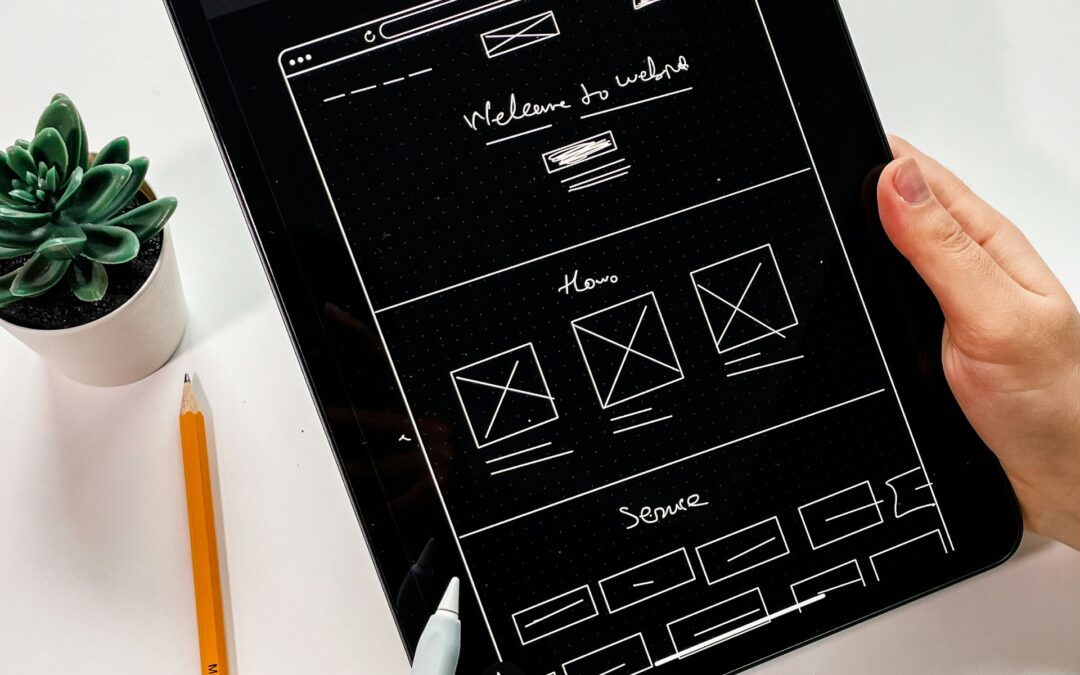Web Components herald a new era in the Modularization of the web design in. This innovative technology enables developers to, Reusable elements that take component-based design to a new level. By encapsulating functionalities into stand-alone building blocks, Web Components revolutionize the way we design and implement web applications.
The Modularization of the web design through Web Components offers numerous advantages. Developers can now work efficiently by drawing on a pool of reusable elements. This leads to improved maintainability and scalability of projects. The component-based design enables teams to react flexibly and agilely to changes without having to rework the entire application.
Important findings
- Web Components revolutionize modularization in web design
- Reusable elements increase efficiency in development
- Component-based design Improves maintainability and scalability
- Encapsulation of functionalities in independent modules
- Flexibility and agility thanks to modular structure
Introduction to Web Components
Web components are revolutionizing the way we develop websites. They enable developers to create reusable and modular elements that can be used in different projects.
Definition and concept
Web components are a collection of technologies that make it possible to create user-defined HTML elements. These elements can be used like normal HTML tags and have their own functionality. The main components are Custom Elements, Shadow DOM and HTML templates.
Significance for modern web development
In the modern web development web components play a central role. They promote the reusability of code and improve the maintainability of projects. Developers can encapsulate complex functions in easy-to-use components, which increases efficiency and facilitates collaboration in teams.
Historical development
The idea of Web Components arose from a need, Reusable elements in web applications. Early versions were introduced in 2011. Since then, the technologies have continued to evolve. Today, all modern browsers support the core functions of Web Components, which greatly promotes their distribution and use.
Web components are the future of modular web design. They enable us to package complex functions into simple, reusable building blocks.
The increasing use of web components opens up new possibilities for efficient and scalable web design. The combination of Custom Elements, Shadow DOM and HTML templates forms a solid basis for the Development of modern web applications.
Core principles of Web Components
Web Components are based on three core principles that form the basis for modern Component architecture form. These principles enable developers to create efficient and reusable elements.
Encapsulation comes first. It protects the internal structure and functionality of a component. Through Encapsulated Styles ensures that the design of a component is not influenced by external styles. This leads to more robust and reliable elements.
Reusability is the second principle. Developers can use components in different projects, which saves time and ensures a uniform appearance. This is particularly useful for large teams working on multiple projects.
The third cornerstone is extensibility. Developers can extend existing components and adapt their behavior. This promotes innovation and enables the creation of complex systems from simple building blocks.
| Principle | Advantage | Application example |
|---|---|---|
| Encapsulation | Protection from external influences | Custom button with its own styling |
| Reusability | Time saving and consistency | Navigation menu in various web applications |
| Expandability | Adaptability and flexibility | Extension of a basic form for specific use cases |
These principles form the foundation for the development of robust and flexible web components. They enable developers to create modular and maintainable web applications that meet the requirements of modern web development.
Technologies behind Web Components
Web components use modern technologies to revolutionize the development of web applications. They form the basis for flexible and reusable elements that can be used in Progressive Web Apps and Web component frameworks are used.
Custom Elements
Custom Elements allow developers to create their own HTML tags. These customized elements can contain specific functions and styles that are perfectly tailored to the needs of the application. In Progressive Web Apps Custom Elements are often used to create unique user interfaces.
Shadow DOM
The Shadow DOM encapsulates the internal structure of a component. It shields styles and markup from the rest of the page and prevents unwanted interactions. This technology is particularly useful in complex Web component frameworkswhere it ensures order and clarity.
HTML templates
HTML templates serve as templates for reusable content. They are only activated and inserted into the document when required. This flexibility makes them a valuable tool for dynamic web applications and contributes to performance optimization.
The combination of these technologies enables the creation of robust and efficient web components. They form the backbone of modern web development and promote the development of powerful Progressive Web Apps.
Advantages and benefits of Web Components
Web components are revolutionizing modern web design with their many advantages. They enable a Component-based designwhich makes development more efficient and flexible.
One of the main advantages of web components is the creation of reusable elements. Developers can create components once and reuse them in different projects. This saves time and reduces errors.
The encapsulation of functionality and styling in web components significantly improves maintainability. Changes to a component do not affect the rest of the application, which simplifies code maintenance.
Web components also offer performance advantages. They are instantiated on demand, resulting in faster loading times and a better user experience.
| Advantage | Description |
|---|---|
| Reusability | Components can be used in various projects |
| Improved maintainability | Easier updating and troubleshooting |
| Performance optimization | On-demand instantiation for faster loading times |
| Consistent UI | Consistent design across different platforms |
The broad browser support for Web Components, supported by Polyfillsensures compatibility and facilitates the development of cross-platform applications.
Web Components: Modularization of the web design
The Modularization of the web design through Web Components is revolutionizing the way we develop websites. This innovative Component architecture offers numerous advantages that inspire both developers and users.
Reusability of components
A core aspect of the modularization of web design is reusability. Developers can create components that they can use in different projects. This saves time and reduces errors. A button, a navigation bar or a form can be easily copied and adapted.
Improved maintainability
The Component architecture makes website maintenance considerably easier. Each component works independently of the others. Changes to one component do not affect the rest of the site. This makes troubleshooting and updates easier and faster.
Scalability in large projects
Large web projects benefit in particular from the modularization of web design. The component architecture enables teams to work on different parts of a website in parallel. New functions can be added easily without affecting the entire system.
- More efficient development thanks to reusable modules
- Simplified maintenance thanks to isolated components
- Better collaboration in large teams
The modularization of web design through Web Components offers clear advantages for modern web development. It promotes efficiency, flexibility and quality in web projects of any size.
Implementation and browser support
Web components are becoming increasingly popular in the developer community. The implementation of this technology is straightforward and is supported by an expanding ecosystem of libraries and frameworks.
Modern browsers such as Chrome, Firefox and Safari offer native support for web components. This enables broad applicability and accessibility for a large audience. For older browsers Polyfills available to Cross-browser compatibility to ensure that

The use of Polyfills is a common practice to enable the functionality of web components in older browsers. These JavaScript libraries fill the gaps in browser support and provide a consistent experience across different platforms.
| Browser | Native support | Polyfill required |
|---|---|---|
| Chrome | Yes | No |
| Firefox | Yes | No |
| Safari | Yes | No |
| Edge | Yes | No |
| Internet Explorer 11 | No | Yes |
When implementing Web Components, developers should consider the Cross-browser compatibility take into account. By using polyfills, they can ensure that their components work on a variety of browsers and devices.
Popular web component libraries and frameworks
The world of Web component frameworks is constantly evolving. Developers have a variety of options to choose from to create powerful Progressive Web Apps. Here is an overview of some of the most popular libraries and frameworks:
HelixUI and Lightning Web Components
HelixUI offers a comprehensive design system with a large selection of web components. It enables developers to create consistent and appealing user interfaces. Lightning Web Components are specifically tailored to the Salesforce ecosystem and offer optimized solutions for CRM applications.
Polymer and Fast
Polymer is considered a pioneer in the world of web components. It simplifies the creation of user-defined elements and promotes the reusability of code. Fast, on the other hand, presents an adaptive interface system that is perfect for modern web applications.
Vue.js and Angular
Vue.js and Angular are advanced frameworks that are ideal for the development of progressive web apps. They enable the creation of reactive components and robust single-page applications. Both frameworks support web components and offer powerful tools for complex projects.
| Framework | Main features | Area of application |
|---|---|---|
| HelixUI | Standardized design system | General web applications |
| Lightning Web Components | Salesforce integration | CRM applications |
| Polymer | User-defined elements | Reusable components |
| Almost | Adaptive interface system | Modern web applications |
| Vue.js | Reactive components | Progressive Web Apps |
| Angular | Robust single-page applications | Complex web projects |
Practical examples and use cases
Web components are revolutionizing component-based design in modern web development. They are used in a wide variety of projects, from small websites to extensive enterprise applications.
Design systems are a popular area of application. These use web components to create uniform user interfaces across various platforms. Large companies such as Google and Microsoft rely on this technology for their products.

Web components also play a central role in the development of progressive web apps. They enable the creation of reusable UI elements that work optimally on both desktop and mobile devices.
Practical examples of the use of Web Components are:
- Interactive forms for customer surveys
- Data-driven dashboards for business analyses
- Map components for travel websites
- Product catalogs for e-commerce platforms
These use cases demonstrate the versatility and efficiency of web components in practice. They not only improve the development speed, but also the maintainability and scalability of web projects.
| Use case | Advantages through Web Components |
|---|---|
| Design systems | Consistent UI across multiple projects |
| Progressive Web Apps | Cross-platform compatibility |
| Dashboards | Simple integration of data visualizations |
| E-Commerce | Reusable product views |
Conclusion
Web components are the key to the modularization of web design. They enable developers to create reusable and encapsulated elements. This makes working on web projects more efficient and easier to maintain.
The The future of web development lies in the use of this innovative technology. Web components promote the creation of robust and scalable applications. They simplify complex structures and increase productivity in the development process.
With growing support from browsers and frameworks, web components are becoming increasingly important. They are revolutionizing the way we design websites and web applications. The modularization of web design through web components will become even more important in the coming years.


Recent Comments